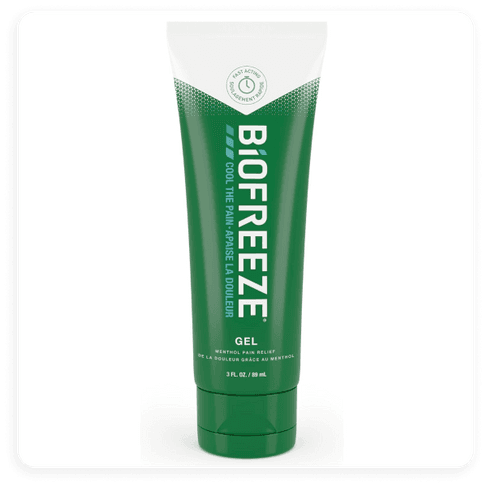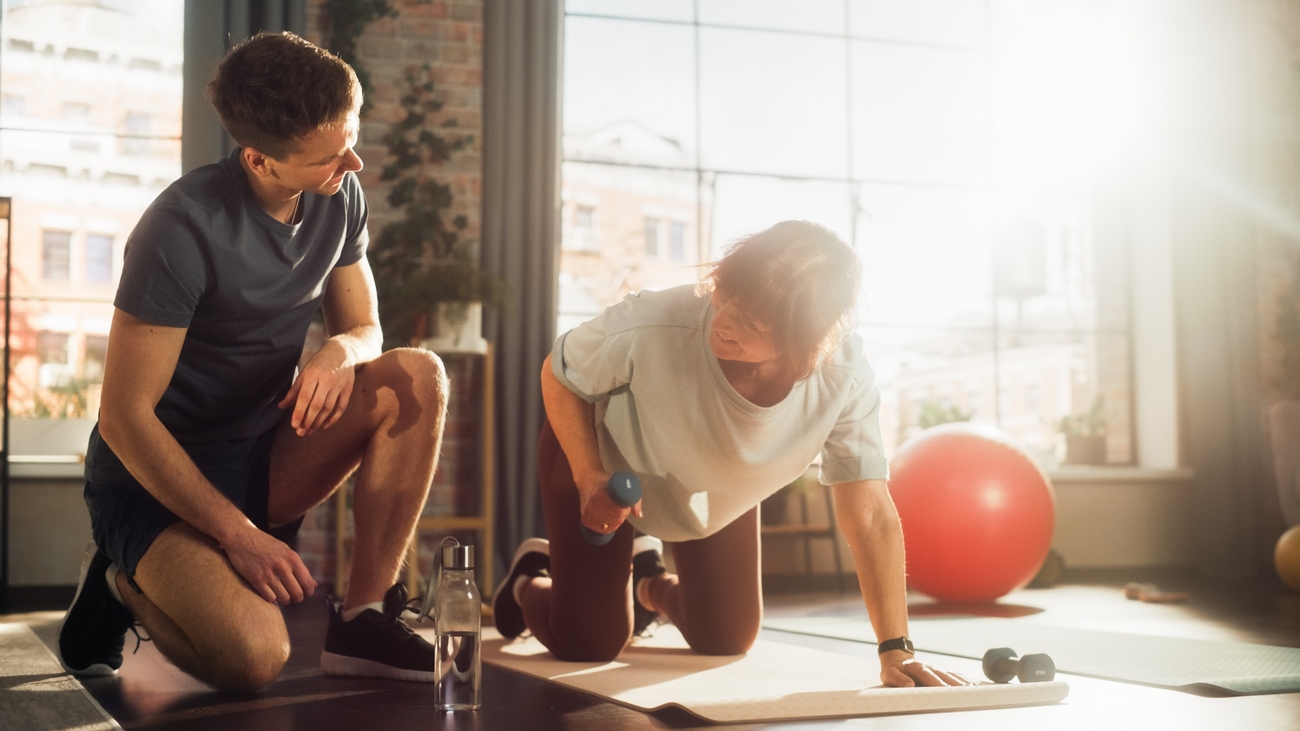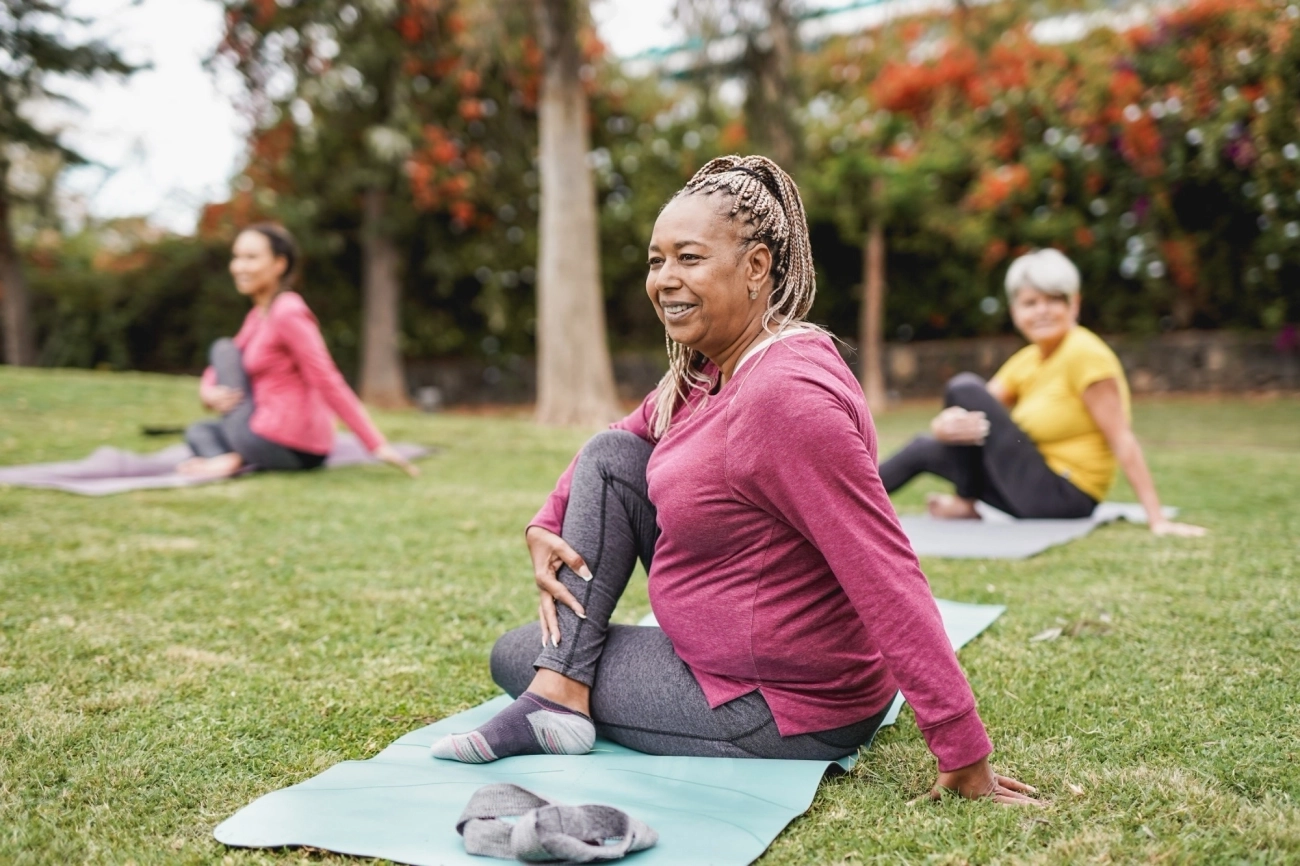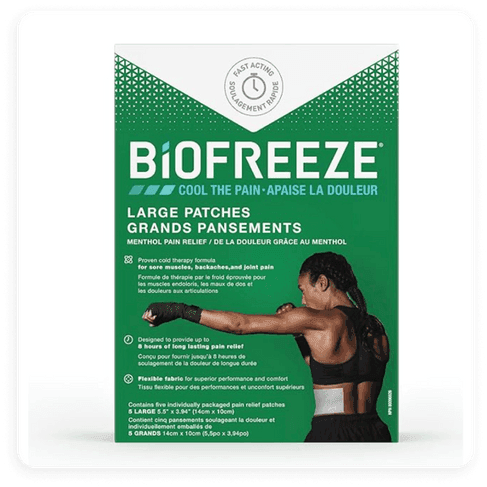Easy application
Targeted relief
Easily covers small & large areas

This article has been medically reviewed for accuracy
Muscle soreness tends to hit hard on the days immediately after a workout, and even more so, after a new workout routine. It can be really frustrating, and uncomfortable, so, what can you do to relieve that post-workout muscle pain?
The good news is that there are several options available to treat those sore muscles after exercise, from cold and heat therapy to Epsom salt baths. There are also measures you can take to prime your muscles before, and even during physical activity, to ensure that the pesky, post-workout pain is kept to a minimum.
In this article, we cover why muscles get sore after exercise in the first place, some tips, and tricks to prevent muscle pain and/or injury, and how to relieve muscle soreness fast following a workout.
During an intense workout, microscopic tears can appear in your muscle fibres1. The pain and sore feeling in your muscles following a workout is because of these tears, and inflammation around them.
Essentially, the stress you place on your muscles during exercise breaks down your muscle fibers, signalling your body to send help and repair the damage.
The process of muscle recovery2 involves the repair of these microscopic tears and the formation of new protein strands. As the tears are repaired, the new protein strands are stronger, which leads to ultimately bigger and stronger muscles. This is essentially the body adapting to newer, more intense physical workloads, to prevent such tears from happening in the future.
To an extent, pain in the muscles in the aftermath of a workout can be oddly satisfying. The feeling of sore legs after a workout, or achy chest muscles after a solid ‘chest day’ can signify that you’ve worked hard at it. Your muscles are in recovery, and they will come back even stronger.
However, severely sore muscles experienced after a workout could decrease your range of motion1, and impact your ability to execute daily tasks. This is called delayed-onset muscle soreness (DOMS).
Here are a few tips and tricks on how to get rid of soreness after working out:
Cold therapy and heat therapy are both muscle pain relief treatments that can help with post-workout aches, soreness, and even injuries.
Should I use heat or ice on muscle pain?
Cold therapy, like placing ice on the region of pain, is commonly used to numb or reduce pain and swelling3. It does so by reducing the flow of blood to the site of injury4.
Heat therapy, meanwhile, has the opposite effect. It increases the flow of blood to the muscle and relaxes them, helping you regain your range of motion.
Using both heat and cold therapy may help in reducing overall pain or muscles soreness after a workout. Research3 confirms that using “cold immediately after exercise or 24 hours later was superior to heat in reducing pain”.
Health professionals also recommend Epsom salt baths as an option to treat sore muscles, as Epsom salt (also known as magnesium sulphate) plays an “evolving role in pain management5”.
The belief is that the Epsom salt, paired with heat therapy during an Epsom salt bath, may provide muscle relaxation, and may reduce pain from muscle soreness. Magnesium sulphate has been proven to reduce the need of intra- and postoperative analgesic requirements in patients undergoing surgery6. However, it’s important to check with your healthcare provider for more information.
A study on the effects of massage therapy on delayed-onset muscle soreness found that massage effectively reduced swelling and alleviated pain from DOMS by 30%7. However, massage did not have a significant impact on muscle recovery strength, or range of motion.
Exercising safely, effectively, and correctly also involves taking the proper measures to care for your muscles before, during, and after your workout.
These measures can help prevent injury and avoid extreme muscle soreness due to delayed-onset muscle soreness.
Here are a few preventative measures to keep you relatively pain-free and on track with your workout routine:
Following these preventative measures listed above will ensure your post-workout pain is kept to a minimum but, remember not to push yourself too hard.
If you are concerned about any post-workout pain that doesn’t seem to improve with rest, speak to your healthcare provider to rule out more serious muscle injuries.
Easy application
Targeted relief
Easily covers small & large areas
Mess-free application
Long lasting cooling
Easily covers small & large areas
This article has been medically reviewed for accuracy



Easy application
Targeted relief
Easily covers small & large areas
Mess-free application
Long lasting cooling
Easily covers small & large areas
